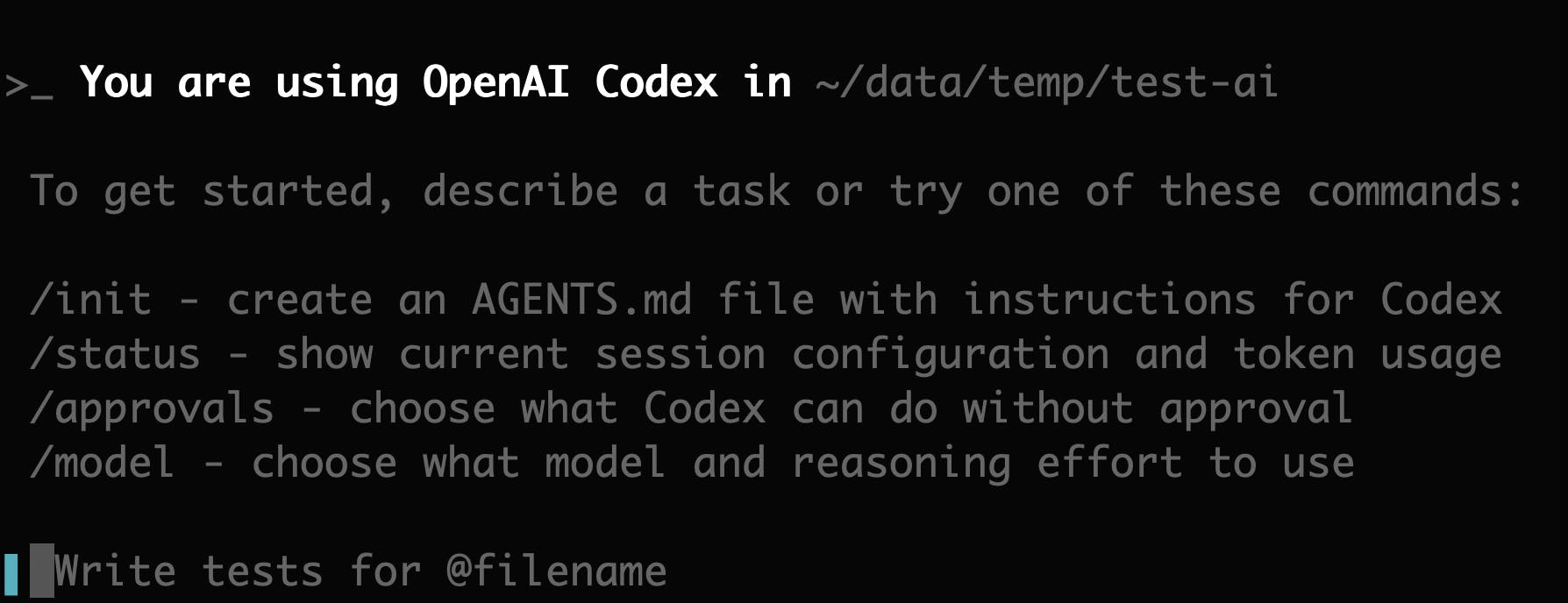AI security has been under debate since this technology has revolutionized the world and modern organizations face major challenges for the convergence of artificial intelligence and cybersecurity. And as generative AI tools have become more powerful, affordable and accessible, cybercriminals increasingly adopt them to support all types of attacksfrom commercial fraud to extortion and identity theft, including dangerous Deepfakes.
This does not mean that a company cannot protect itself adequately. Many organizations believe that protecting AI requires completely redesigning their infrastructure or complicating their security frameworks. Nothing could be further from the truth, according to Dell Technologies, which aims to dismantle four of the most common myths around the security of artificial intelligence:
Myth 1: AI systems are too complex to protect. Threat actors use AI to refine attacks such as ransomware, zero-day exploits, or DDoS, expanding the attack surface. This leads to the belief that AI systems are too complicated to protect.
– Reality: Although AI introduces new risks, it is not impossible to protect it. The key is to reinforce current defenses and adapt them from the beginning of the architectural design. Applying zero trust principles, with access controls, identity management and continuous verification, helps reduce vulnerabilities. It is also advisable to define clear data policies and build barriers against AI threats, such as rapid injection or hallucinations.
Myth 2: No existing tools will protect AI. As an emerging workload, many organizations believe that AI security requires entirely new tools.
– Reality: Most current solutions are still valid and necessary. Identity management, network segmentation, access controls and data protection continue to be fundamental pillars. The essential thing is to adapt them to AI by incorporating specific controls, such as model audits, input and output traceability or misuse records. In this way, previous investments are used and new capabilities are added only when it is essential.
Myth 3: Securing AI is just about protecting data. The volume of data used and generated by AI suggests that it is enough to focus on its protection to guarantee security.
– Reality: Although data is critical, security must go beyond and include models, APIs and devices. LLMs can be manipulated with malicious data, requiring verification mechanisms and compliance policies to be implemented. APIs require strong authentication and access control, while continuous monitoring of results helps detect anomalies or intrusion attempts. Only a comprehensive strategy can ensure a truly reliable AI ecosystem.
Myth 4: Agentic AI will eliminate human supervision. The autonomy of AI agents fuels the belief that human intervention will not be necessary in the future.
– Reality: Monitoring remains essential to ensure that these systems act ethically, predictably, and in alignment with the organization’s objectives. Governance involves establishing clear boundaries, applying layered controls, and conducting regular audits that reinforce transparency. Far from disappearing, human supervision will continue to be a key factor for the safe and effective use of agentic AI.












